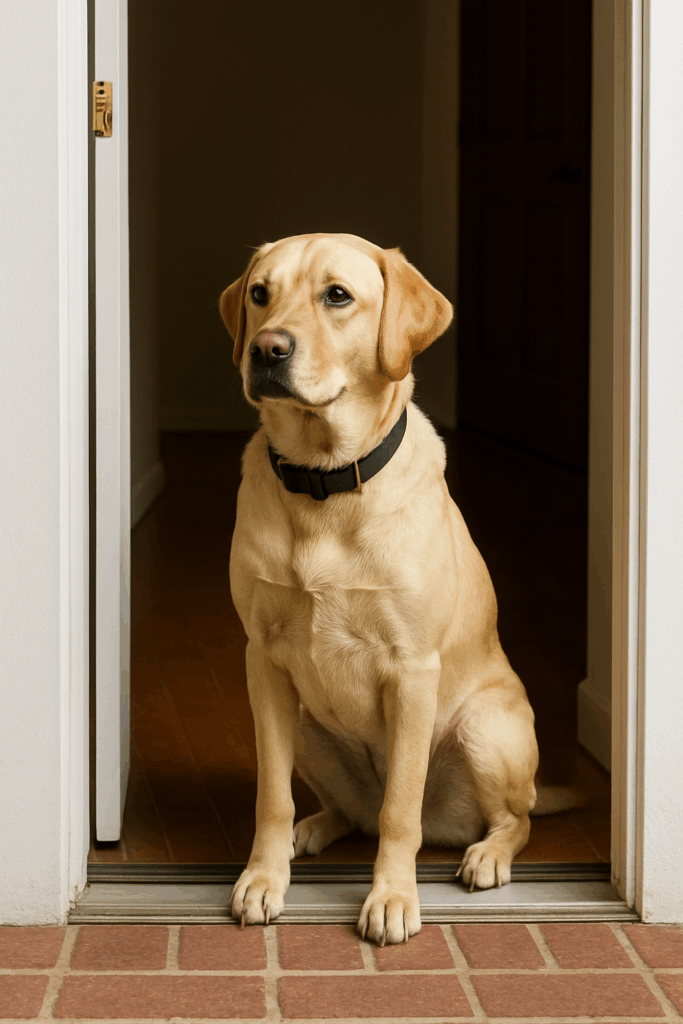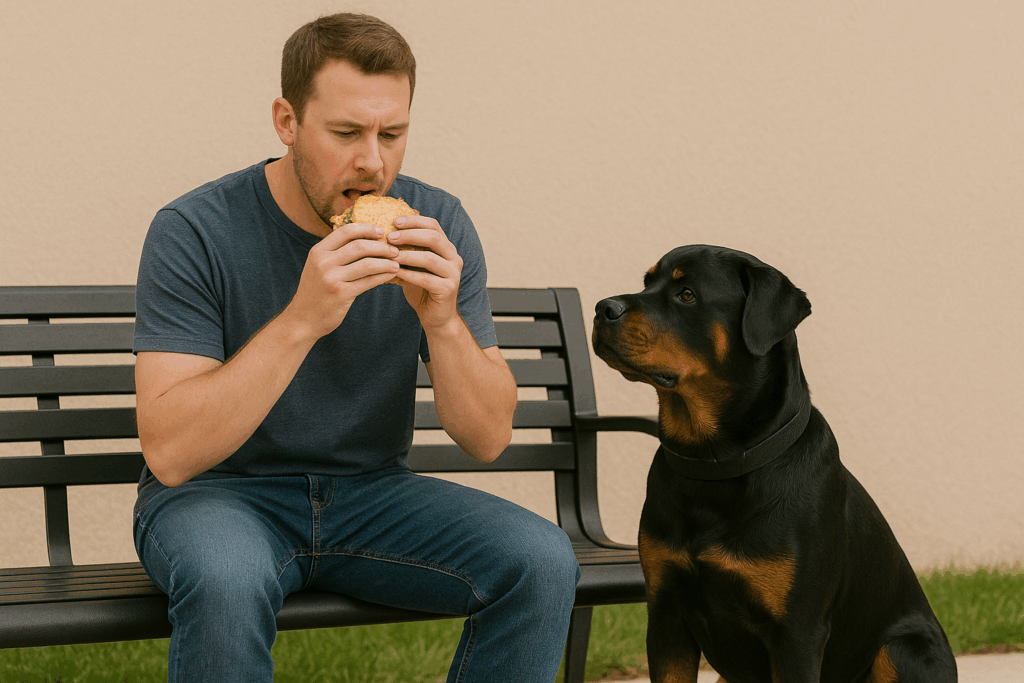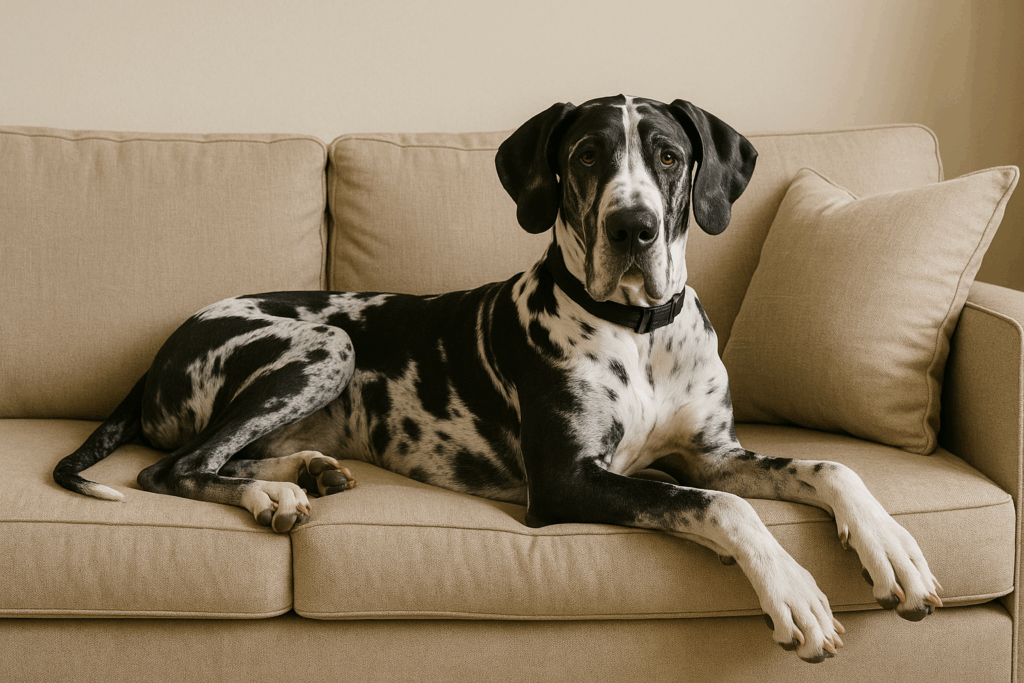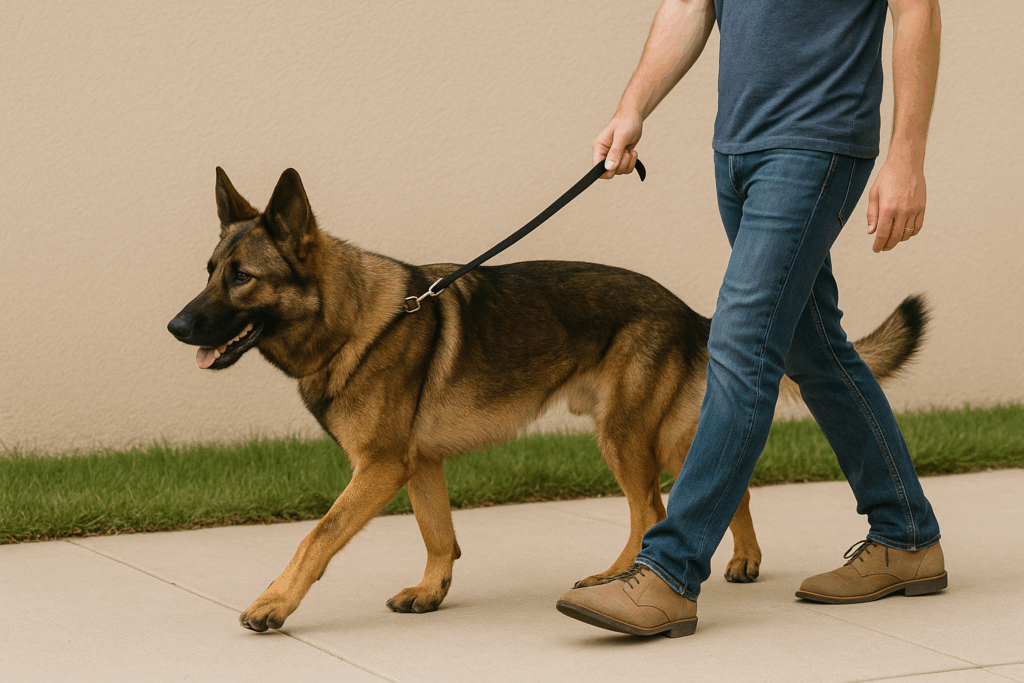Why Boundaries Are Essential for Your Dog
As dog trainers, one of the most common challenges we see is a lack of boundaries and structure in the home. This can lead to multiple behavioral issues. Just like people, dogs thrive when they understand what’s expected of them. Setting boundaries isn’t about being strict — it’s about giving your dog the structure they need to succeed.
Boundaries Build Trust and Respect
Dogs look to their humans for leadership, guidance, and reassurance. When clear rules and boundaries are in place — such as “no jumping on guests,” “wait at the door,” or “stay on your bed until released” — your dog begins to understand your role as the calm, confident leader of the household.
Without structure, dogs may take it upon themselves to make decisions — which can lead to unwanted behaviors like guarding, leash pulling, or ignoring commands. But with consistent boundaries, they learn to look to you for direction. This builds a healthy relationship rooted in trust and respect rather than chaos and correction.
Start Early for Lifelong Habits
The best time to teach boundaries is when your dog is young — whether that’s a puppy just learning the ropes or a new rescue settling into your home. Early lessons in patience, impulse control, and respect make training easier and more natural as your dog grows.
A few examples of early boundary training include:

Doorway control:
Teach your dog to wait before rushing outside or into a new room.

Personal space:
Help them understand when it’s playtime versus calm time.

Furniture rules:
Decide early whether your dog is allowed on the couch or bed and stick with it.

Leash manners:
Teach them that walking beside you calmly is rewarding.
Consistency is key. The rules you allow today are the rules your dog will expect tomorrow. Setting boundaries early prevents confusion later and helps shape a polite, balanced companion.
Boundaries Create Calm, Confident Dogs
Dogs who understand their limits are typically happier and more relaxed. Instead of constantly testing or guessing what’s allowed, they can simply enjoy being part of the family. Clear expectations help reduce anxiety and prevent conflict — whether that’s between dogs in the home, visiting guests, or strangers on the sidewalk.
Boundaries aren’t about control; they’re about communication. They tell your dog, “Here’s how to succeed.” And when they know how to succeed, they can shine — confidently, safely, and happily.
Final Thought:
If you want a well-behaved dog, start with structure. Whether it’s a puppy’s first day home or an older rescue finding their footing, teaching boundaries early creates a foundation for a lifetime of good behavior and trust. At Lara’s Canine Solutions, we believe that the most loving thing you can do for your dog is to give them clear, consistent direction — because boundaries don’t limit freedom, they create it.
